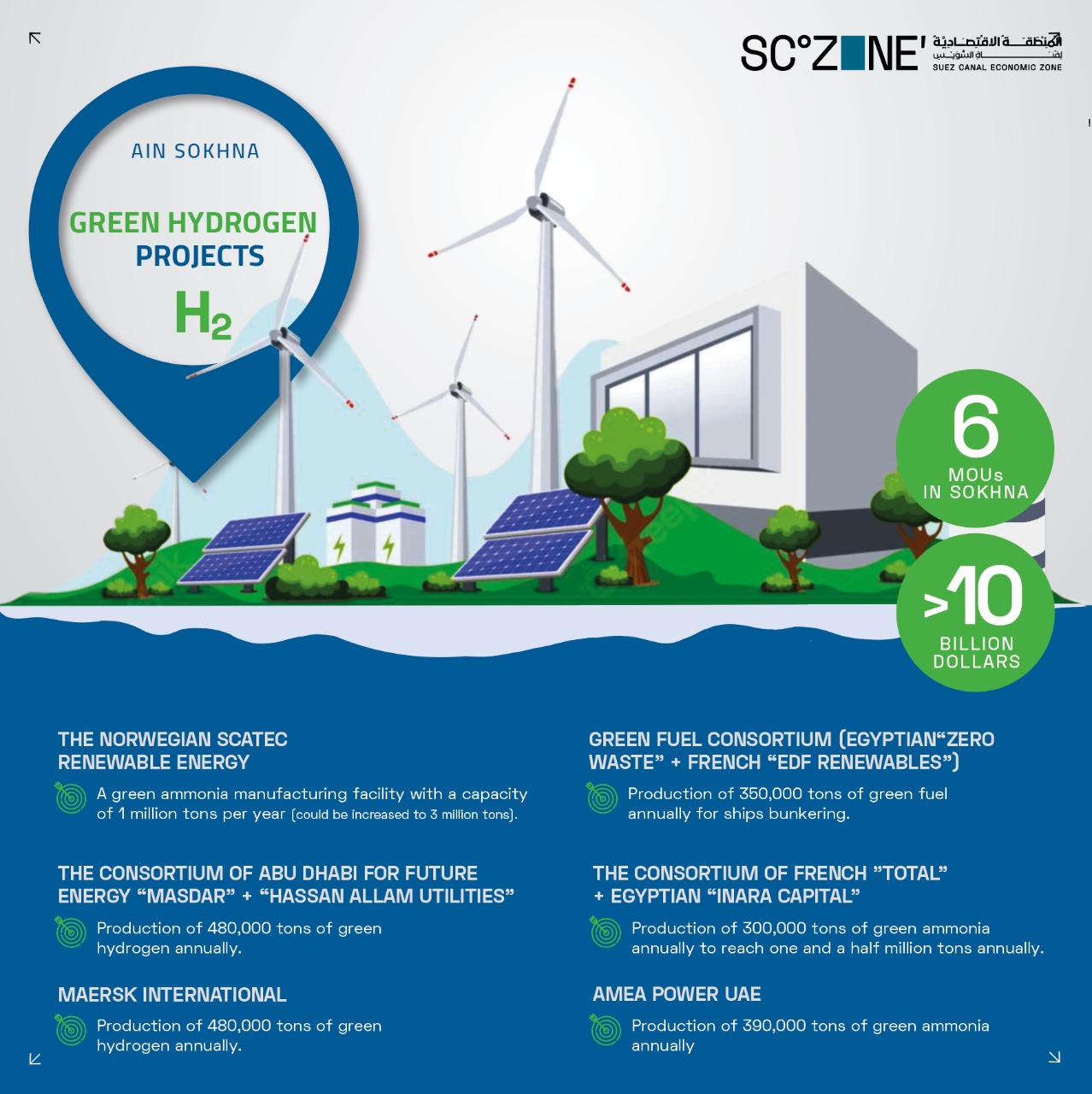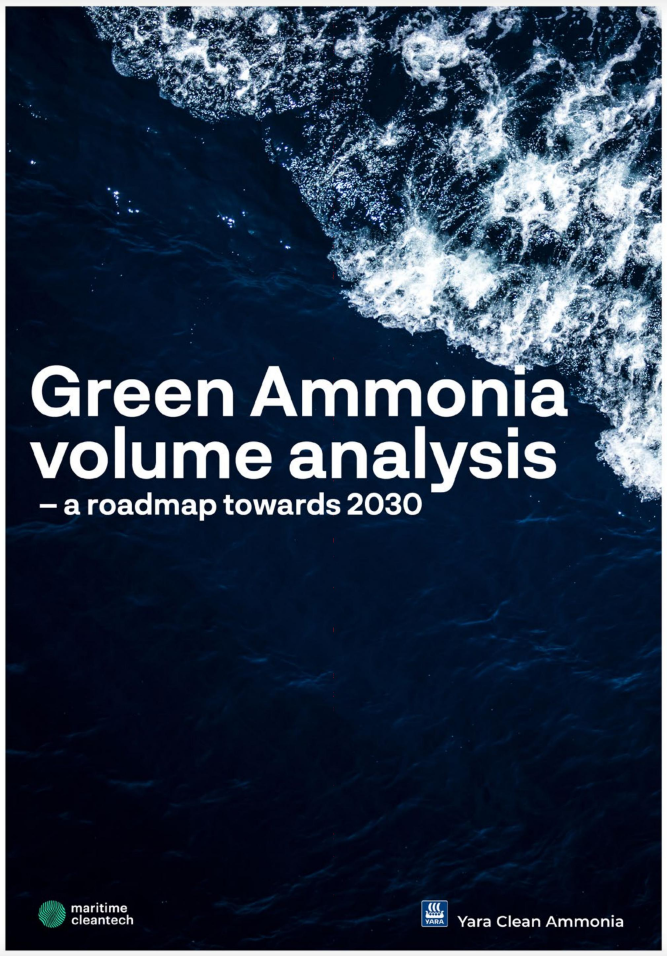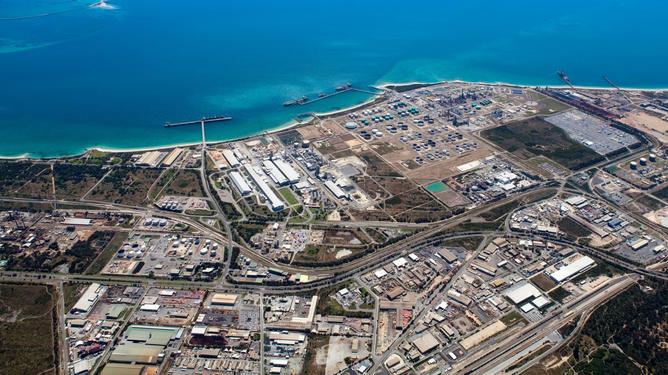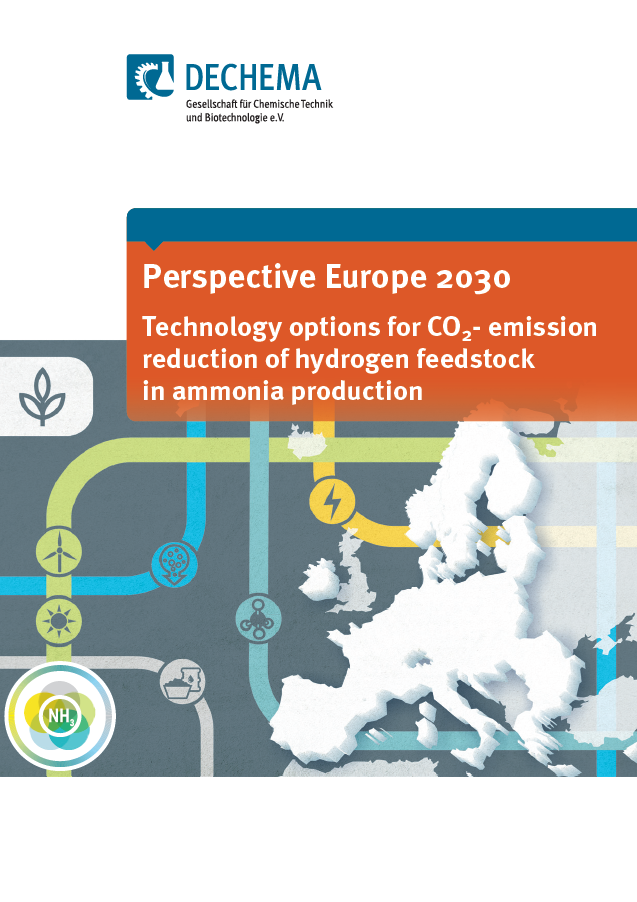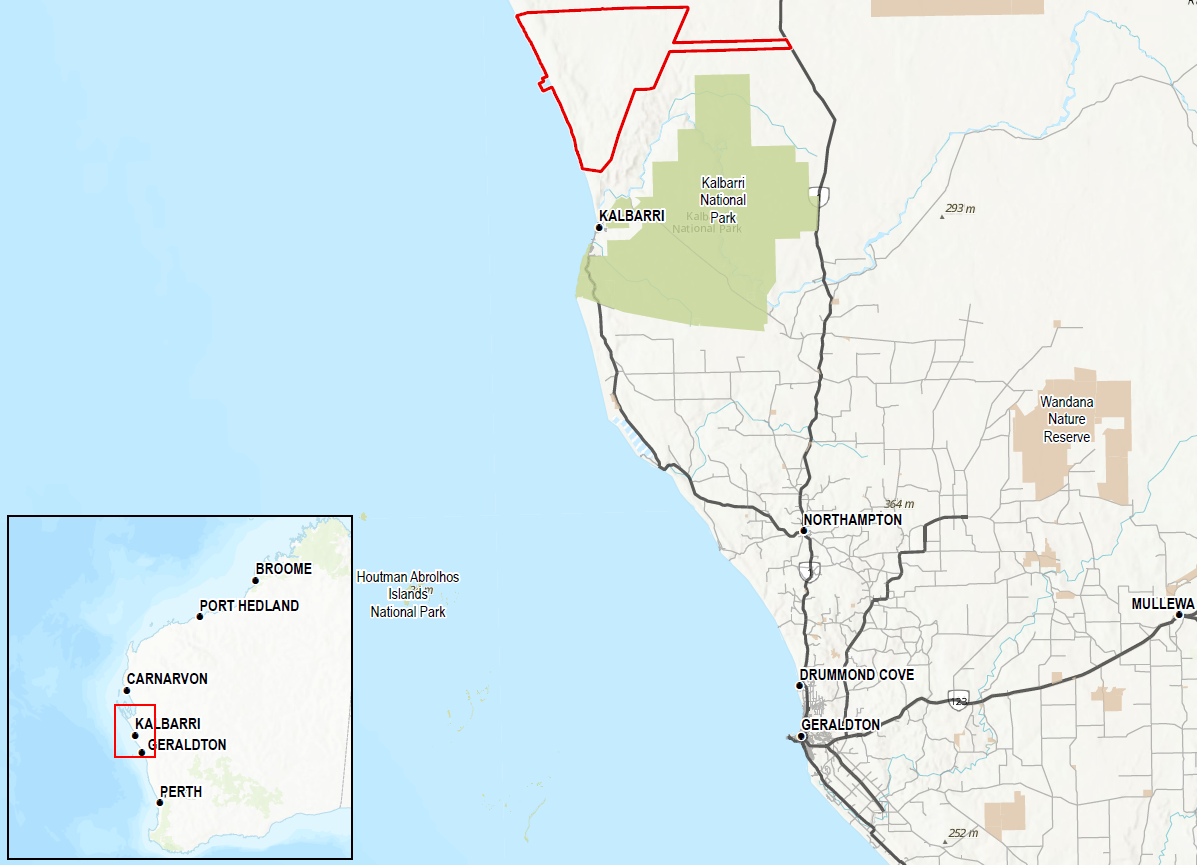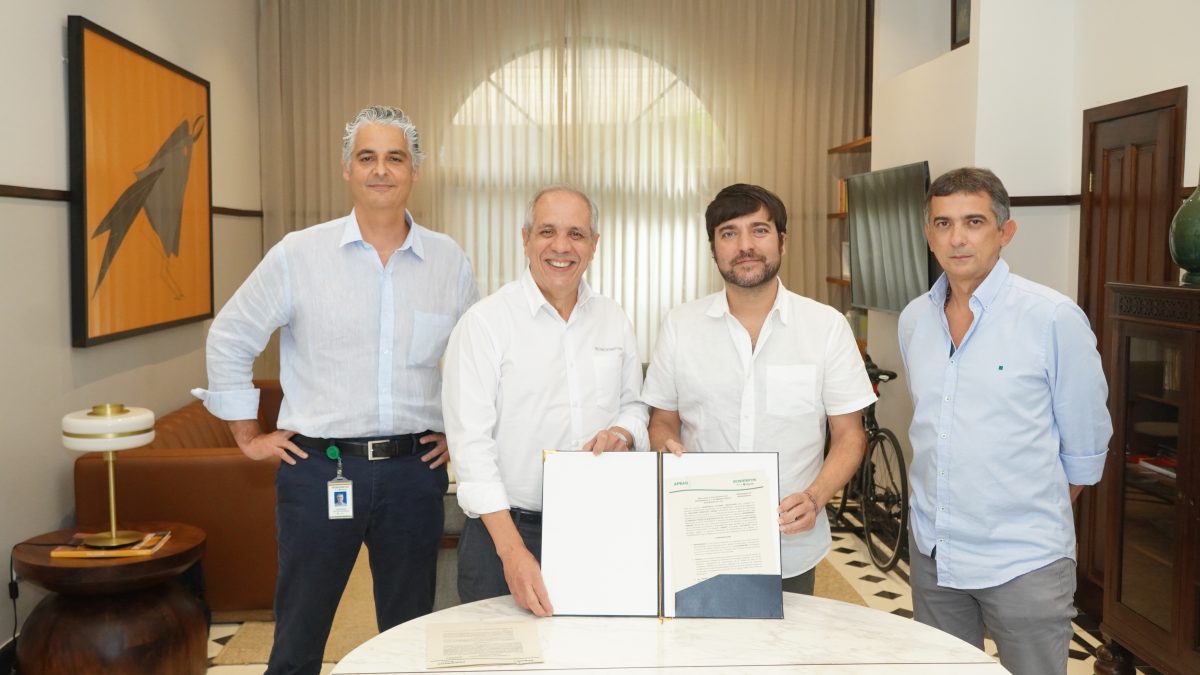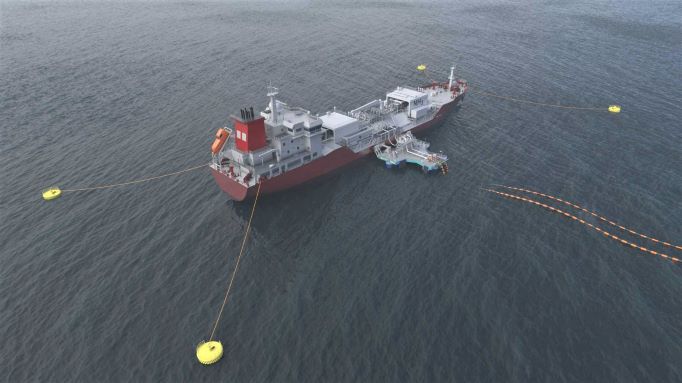Government funding for ammonia energy in the UK
The Department for Business, Energy and Industrial Strategy (BEIS) will contribute to three ammonia energy projects via the latest funding round of its Net Zero Innovation Portfolio:
- The Tyseley Ammonia to Green Hydrogen Project near Birmingham, where a demonstration ammonia cracking unit based on H2SITE’s technology will be built to deliver hydrogen transportation fuel.
- The GreeNH3 project from Supercritical, ScottishPower and Proton Ventures to develop a renewable ammonia pilot plant based on Supercritical’s new electrolyser technology.
- And the Ammonia Synthesis Plant from Intermittent Renewable Energy (ASPIRE) project. Partners the Science and Technology Facilities Council (STFC) and Frazer-Nash Consultancy are developing autonomous renewable ammonia production plants in the UK.

